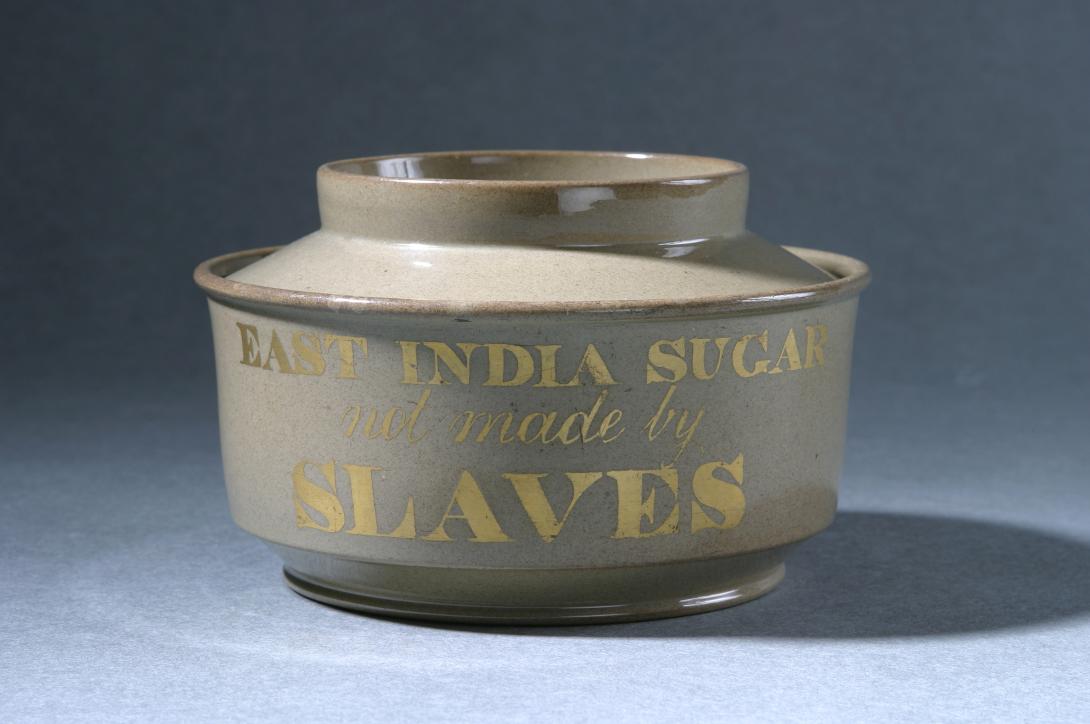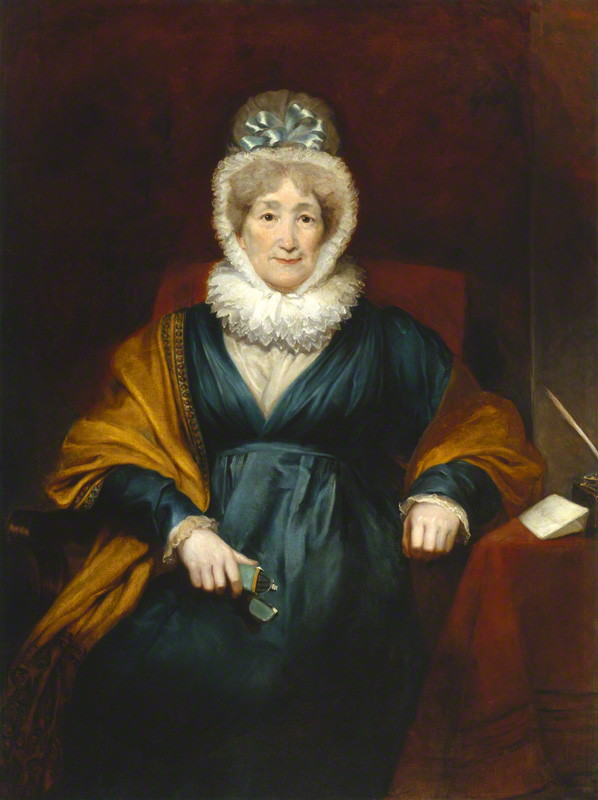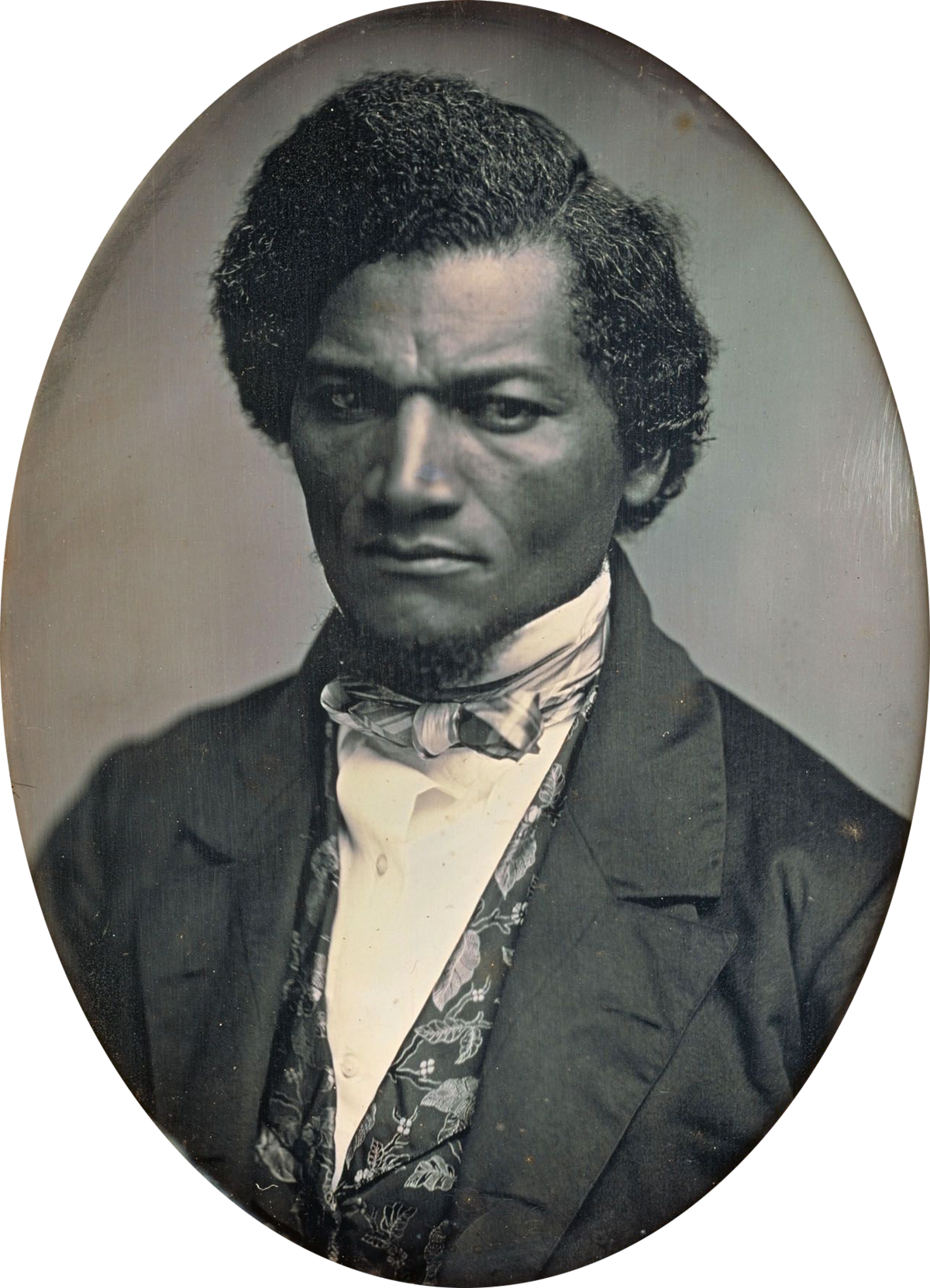
In 1824, the English Quaker abolitionist Elizabeth Heyrick published the pamphlet “Immediate, not Gradual, Abolition”. Britain had already passed an 1807 act abolishing direct involvement in the slave trade itself, following a mass pressure campaign and petitioning of Parliament, led by William Wilberforce and Thomas Clarkson. The British public were assured that the abolition of Britain's role in the slave trade would lead, gradually and progressively, to the disappearance of slavery itself as an institution. Yet, the institution lingered. In Heyrick's judgment, no campaign of “gradual abolition and mitigation” could succeed against the entrenched vested interests of the slave-owners: “the spirit of accommodation and conciliation has been a spirit of delusion”. Slavery was the globalization of its era, embedded into every aspect of life. Its wealth and lobby groups were entwined with the political establishment, its products inserted into the everyday economics of cornerstore and grocery list. The impulse towards its racial justification had distorted entire cultures, from the allegedly scientific racism proclaimed by eminent researchers to the everyday racism of the wider public. If slavery is inherently evil, Heyrick reasoned, then the fight against it must be conducted not through conciliation but in a spirit of “holy war”, by which she meant uncompromising struggle by every means available. Her main plan of attack was suggested by the very fact of slavery's penetration into the everyday: a rigorous and unrelenting boycott of slave-made goods until the entire global institution was destroyed.
Elizabeth Heyrick was not the first woman to propose this tactic. Hannah More, a celebrated writer who was one of the leaders of the 18th century's “bluestocking” movement of protofeminist female intellectuals, had contributed a poem in 1787 to sway public opinion against slavery, and by 1788, was advising a friend to “taboo” the use of slave-made West Indian sugar in her tea. This simple idea snowballed into a 1791-92 boycott campaign in which an estimated 300,000 individuals took part, with housewives playing a leading role. At this point in history, women were so politically disenfranchised that they were not even permitted to sign the mass petitions against slavery being organized by Thomas Clarkson, for fear of discrediting the petition by their signature. Yet the status of women as passive consumers, a dependence engineered to enable their social control, also furnished them with the means of consumer democracy. Women bought jewellery and china with anti-slavery slogans and logos, or embroidered the anti-slavery designs themselves, as a means of driving the cultural conversation, effectively originating the modern concept of campaign merch. The instantly recognizable “am I not a man and a brother?” logo which appeared on pamphlets, handicrafts and crockery across the country, has a claim to be considered the original viral meme.

The violence of the French Revolution and the slave revolt in Haiti (St. Domingo) frightened the British public into abandoning much of its agitation against slavery. Heyrick is at pains to remind readers that the Haitian slave revolt did not result in a general slaughter of former slave-owners after the initial violence had passed and emancipation had been achieved, while recent insurgencies in Demerara and Kingston were directly inspired by the horrors of slavery itself, particularly forced family separation and the sexual violation of enslaved women. The passage of the 1807 abolition of the slave trade, accompanied as it was by a constant pacifying rhetoric of gradual abolition and mitigation in the popular press, had killed what remained of the popular anti-slavery campaign's momentum and motivation. This was Heyrick's great fear – after the initial reports on the horrors of slavery and sympathy for 18th century enslaved writers such as Phillis Wheatley and Ignatius Sancho, would the shift in conversation toward “gradual abolition” end in pacifying the public and allowing the vested interests of slave-owners to gain the upper hand once more? Her fears were well-grounded. Founding Fathers of America such as Thomas Jefferson and James Madison had been devising schemes for “gradual abolition” since the country's birth, while inventing pleas of economic necessity or paternalist protectiveness to rationalize their own slave-owning.
After a century of political maneuvering towards “gradual abolition”, America only resolved the question of slavery by an utterly devastating Civil War. If that same century had been spent in a rigorous, disciplined and uncompromising global boycott of slave-made goods, how could any secession have saved the export economy of the South from the destruction of the economic basis of their whole system of exploitation?
As Heyrick boldly declared in her pamphlet: “the West Indian planter and the people of this country stand in the same moral relation to each other as the thief and the receiver of stolen goods... when there was no longer a market for the productions of slave labour, then, and not till then, will the slaves be emancipated”. Heyrick's revival of the boycott movement and her efforts as a founding member of the first ladies' anti-slavery society in the world, 1825's Birmingham Ladies' Society For the Relief of Negro Slaves, played a critical role in pressuring Wilberforce into adopting immediate abolition as his goal. Although she died in 1831, two years before the 1833 Slavery Abolition Act that non-violently ended slavery across the world's largest empire, Heyrick's campaigning as one individual, and as a widowed, disenfranchised woman at that, was indispensable to this historic achievement. How did she do it?
Heyrick's concept of “holy war”, of determined struggle on all fronts, operated on three levels: the individual, the collective and the political. As an individual, she urged the consumer to consider their purchasing choices as an expression of their personal morality – if one would not knowingly receive stolen goods, why should one feel any less guilty for directly supporting an economic system of the cruelest exploitation? As a collective, Heyrick reminds consumers that they have the collective power to destroy the system of slavery, regardless of whether the political establishment cooperates: “why petition Parliament at all, to do that for us which, were they ever so well disposed, we can do more speedily and more effectually for ourselves?” Finally, on the political level, Heyrick understands that only direct action and grassroots organizing have the power to keep voters sufficiently engaged with the issue to effectively pressure their elected representatives. Unless vast economic systems are given a personal face, and a means of direct action by which the individual can constructively act upon them, it is difficult or impossible to maintain political motivation to alter them.
A striking feature of the toppling of the vast, international system of slavery is the leading role that marginalized or disenfranchised people played within it. Quakers, nowhere an established religion and sometimes a persecuted one, developed a philosophy of individual conscience which contributed disproportionately to the development of abolitionism, through figures such as William Southeby and Benjamin Lay, and to feminism, through figures like Margaret Fell and Lucretia Mott, and to LGBT rights, through the Quaker Bayard Rustin who was a leading strategist of the Civil Rights movement while living openly as a gay Black man since 1942. In addition to Quakers, arguably the most effective strategies for non-violent abolition were devised by politically disenfranchised women like Elizabeth Heyrick, who was also an active campaigner for prison reform, electoral reform and against poverty and capital punishment. Finally, enslaved people themselves, and fugitives under threat of recapture and re-enslavement, played a critical role in the drive toward abolition. Among them, Frederick Douglass laid the groundwork for modern intersectional feminism by becoming the most influential speaker for women's suffrage at the world's first women's rights convention as Seneca Falls in 1848, and by allying the abolition and feminist movements continuously in his paper The North Star. The lesson of history should be clear: those who have the least apparent power in a given system also have the least vested interest in maintaining it, and may therefore be the groups with most power to change it.

What lessons can the cooperative movement draw from Elizabeth Heyrick in the modern day? Today, the pacifying rhetoric of both Right-wing and Left-wing populism is that the problems of our age are the product of a sinister “elite” rather than the freely made choices of workers and consumers, requiring populist takeover of the establishment, not direct action by the people themselves. What is the alternative? In the modern world, vegans are perhaps the most dedicated practitioners of consumer democracy, whose ideology is naturally to treat their purchasing decisions as a moral choice. The UK-based vegan online retailer www.notfrom.com [this website is down as of publication -ed.] employs a system of ethical “values filters” to allow consumers to define their own purchasing priorities, from the dietary to environmental sustainability. They also allow consumers to specify the region from which products are sourced, which satisfies environmental concerns about carbon footprint, but would equally satisfy the spending priorities of an economic nationalist, whether Gandhi's swadeshi movement or even MAGA.
An online retailer could be designed whose ethical filters accommodated the priorities of vegans, environmentalists and economic nationalists, while integrating a “self-employed/co-operative” filter to express the economic priorities of distributists, Marxists and anarchists, as well as filters for humanitarian priorities like the avoidance of slave labour and child labour in products from the developing world (e.g. Slave Free Chocolate, BananaLink). Currently, the concept of a co-operative alternative to Amazon is floated by online retailers such as India's GoCoop and Germany's Fairmondo, but each model assumes that its consumers already share the priority of supporting co-operatives, and that these consumers do not have further “values filters” that they wish to apply. No online retailer is currently offering a diverse system for the maximally convenient exercise of consumer democracy itself. Yet, Elizabeth Heyrick teaches us that it is precisely the personal responsibility fostered by the exercise of consumer democracy which most effectively leads to political engagement and participation. Efforts to transform the globe have been insufficient, exactly because they have been too global in scope and insufficiently individual.
Let the final word be left to Elizabeth Heyrick, the middle-aged, disenfranchised widow who actually did transform the global economy, once upon a time: “the hydra-headed monster of slavery will never be destroyed by other means than the united expression of individual opinion, and the united exertion of individual resolution. Let no man restrain the expression of the one, or the exertion of the other, from the apprehension that his single efforts will be of no avail. The greatest and the best work must have a beginning, - often, it is a very small and obscure one.”
Citations
Brigit McCone (2021). Elizabeth Heyrick's Consumer Campaign to Abolish Slavery. Grassroots Economic Organizing (GEO). https://geo.coop/articles/elizabeth-heyricks-consumer-campaign-abolish-slavery

Comments
Tom Weiner
February 14, 2024, 4:21 pm
I am trying to get permission to use a black and white photograph of the portrait of Elizabeth Hayrick for a book I have co-authored entitled, IN DEFIANCE: Lives that Mattered in the Struggle for Justice and Equality Before the U.S. Civil War. Ms. Hayrick features prominently in the conclusion and all of the twenty Black and white women and men who were alive after the camera was invented have photos. Please let me know how best to secure permission to inlude Ms. Hayrick's photo in our book.
Thanks,
Tom Weiner
Elizabeth Heyr…
August 14, 2024, 2:51 pm
Dear Brigit,
I wanted to bring to your attention that the image you have used above is not of Elizabeth Heyrick. The only known depiction of Elizabeth is a silhouette, with copies held by the Library of the Society of Friends and a private collection. The image you've used is actually of Amelia Opie. Could you kindly correct this error at your earliest convenience to prevent any confusion?
Josh Davis
August 14, 2024, 4:07 pm
We have corrected the error. Thank you for pointing it out.
Add new comment